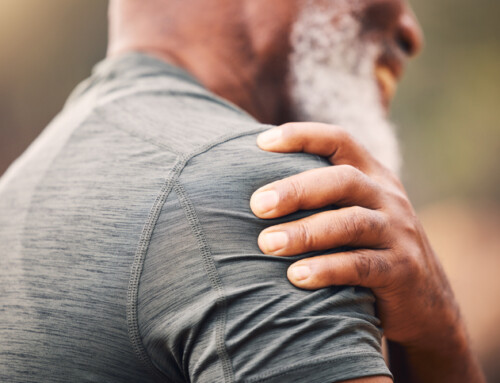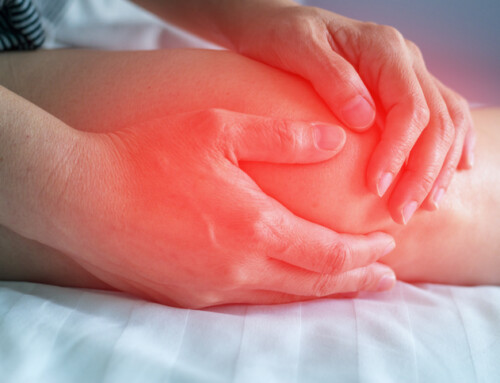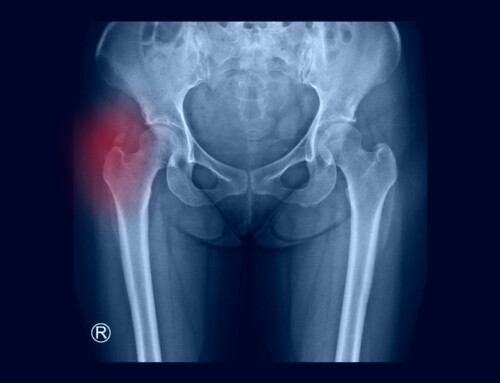by Jillian Carr, SPT
What is lumbopelvic rhythm?
Lumbopelvic rhythm refers to the way in which the lower section of the spine, called the lumbar spine, moves in combination with the pelvis. When bending forward from a standing position, both the trunk and hips flex to produce movement. The muscles in the lower back, 
When returning to an upright position, this lumbopelvic rhythm is reversed. The hip extensors initiate the posterior rotation of the pelvis until it is in a better position for the spinal extensors to concentrically contract without too much stress being put on them. As these muscles contract concentrically, the hip flexors contract eccentrically to help control the movement.
How does lumbopelvic rhythm contribute to low back pain?
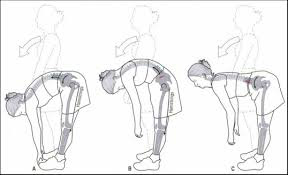
Importance of Lumbopelvic Rhythm to Gymnasts
Why is understanding lumbopelvic rhythm important for gymnasts?

A very common pattern seen in gymnasts is known as “Pelvic Crossed Syndrome” in which the back extensors and hip flexors are tight and abdominal muscles and gluteal muscles are weak. These imbalances often result in a cascade of other surrounding muscle imbalances including tight hamstrings, and piriformis muscles. A physical therapist can examine the lumbopelvic rhythm of a gymnast and identify underlying muscle weaknesses or inflexibilities that may be causing imbalances and contributing to lower 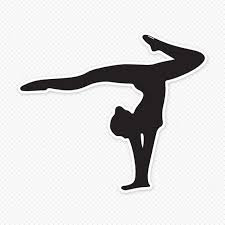
For more information on lumbopelvic rhythm, its contribution to low back pain in gymnasts, and how physical therapy can help, contact us at 518-289-5242 (Malta) or 518-289-5242 (Queensbury).
References:
1.Zhou J, Ning X, Fathallah F. Differences in lumbopelvic rhythm between trunk flexion and extension. Clinical Biomechanics. 2016;32:274-279. doi:10.1016/j.clinbiomech.2015.10.012.
2.Wolf E. THE LUMBOPELVIC RHYTHM. Academy of Clinical Massage. https://www.academyofclinicalmassage.com/the-lumbopelvic-rhythm/. Published July 1, 2015. Accessed June 2017.
3.Kruse D, Lemmen B. Spine Injuries in the Sport of Gymnastics. Current Sports Medicine Reports . 2009;8(1):20-28.
Related Posts:

